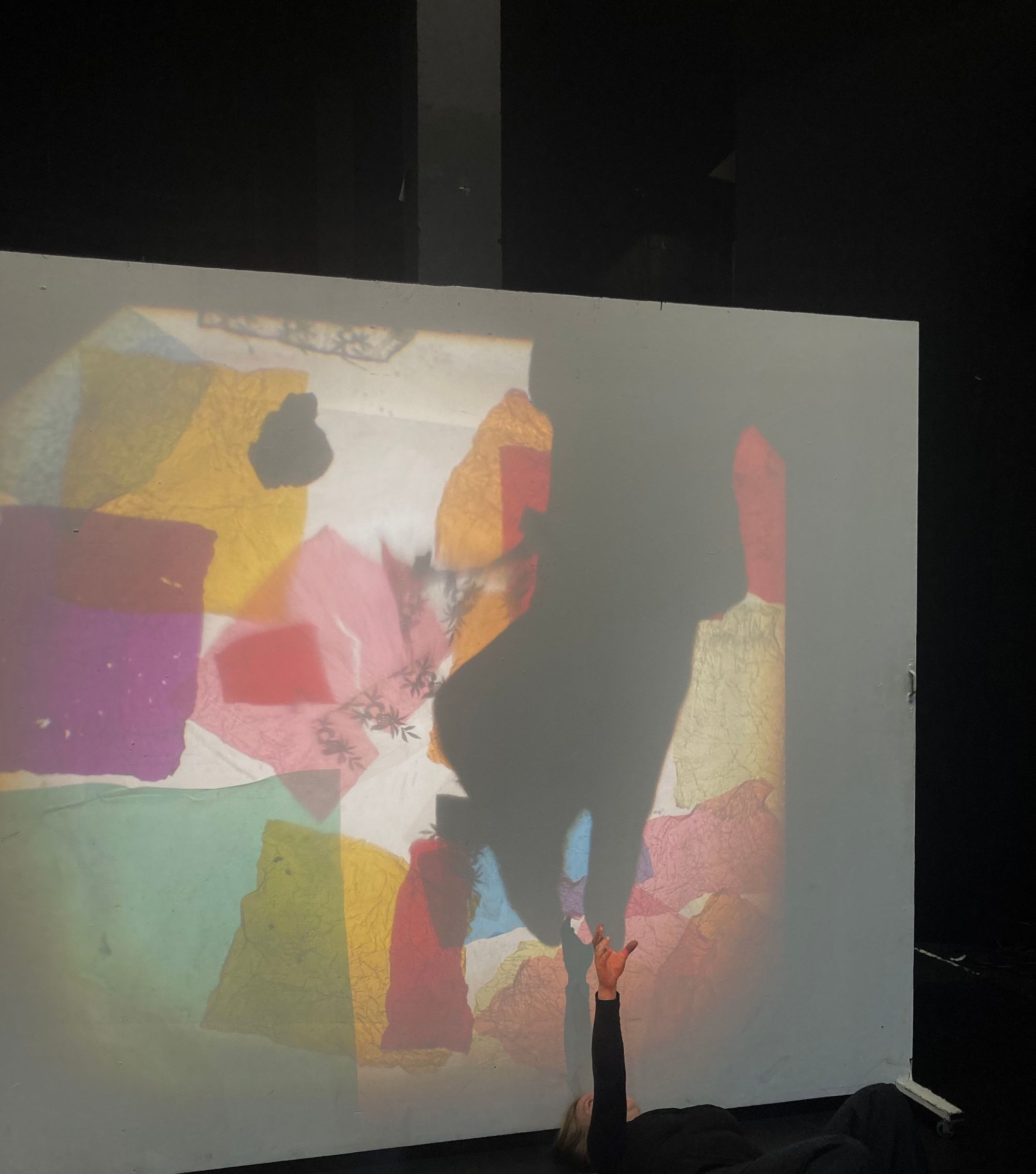By Meg Stoneman, Third Year, English
THE CROFT / To start with clarity — shadow work comes from the concept of the shadow self, which originates in Jungian psychology. According to Carl Jung, the self is compromised by a persona (which is the personality and sociability we present to ourselves and others) and the shadow (which remains private, tucked away).
To mindfully integrate the two together is to partake in a work of synergy, braiding the two streams of our consciousness like sweet grass, flowing alongside one another, undulating, crossing paths, and combining readily with ease. The aim of this work is to assimilate the parts of the self that a person considers unlovable and undesirable into their accepted sense of self.
Under this umbrella of ‘undesirable’, we can consider shame, guilt, embarrassment, and the taboo being housed in our body and mind. Bringing these universal and share aspects of self into the globe of our awareness with compassion and forgiveness means that we begin to circulate attention in energetic meridians, which we often fear and attempt to reject.

At heart, communing with the more ‘shadowy’ parts of yourself is a creative
endeavour which uses the art of self-examination and self-reflection as the paintbrush. These efforts are made to cultivate an easeful and full-bodied sense of wholeness which we can relax into. This way of being is initiated by changing the seat from which we gaze at ourselves; the invitation is to look and keep looking in order to ‘see more seeingly’.
We can dip into this by practising residing in the role of the observer. Rather than feeling engulfed by our emotional/mental currents, we can try to observe ourselves as we would someone else; what do you see, what patterns emerge? A new way of being is birthed from a new way of seeing; from this steady centre, we move towards not acting from a place of fear or shame but from an acceptance fuelled by curiosity and love that is unconditional.
Taoism and Jung: Synchronicity and the Self
To synthesise, we can say that shadow work merges the inner with the outer self. Harold Coward identifies that a large basis of Jung’s model of the ‘self’ draws upon the principles of Chinese Taoism. The bridge between the two resides in the sense of synchronicity between ‘the inner psychic realms and the external physical world’, which Jung continually thinks about, that is expressed and directly depends upon the Chinese Taoist text the I Ching (or, Book of Changes).
Synchronicity is an important concept to bear in mind whilst we begin to observe the patterns in and around us. Jung coined the term to ‘describe circumstances that appear meaningfully related yet lack a causal connection’. Synchronistic experiences leave us with a curious sense that we should pay more attention, to dampen our self-prophetic monkey mind momentarily and consider the presence of the divine.

'The Secret of the Golden Flower' is a Taoist book which covers Neidan (inner alchemy). Meditation, which also mixes Buddhist teachings with some Confucian thoughts. On meditation, the text (as translated by Richard Wilhelm) says that ‘the most important thing for achieving the circulation of the light is rhythmical breathing’. Intentional breath work paired with meditation unlocks the ‘secret’ of the golden flower, I am reading the secret as being the abundance of lightness that our minds are capable of. Jung drew upon this text as he found great sense of meaning there, he reads the golden aspect as being emblematic of ‘the light’— the flower coming to denote the blossoming or opening up of the light of the mind. Meditations, breath work, bodywork and journaling done with the intention of integrating with your shadow are tools to active that golden flower, or inner light.
Featured Image: Grace O'Sullivan | Referenced Text: The Secret of the Golden Flower: A Chinese Book of Life, Richard Wilhem C G Jung
How do Jung's words resonate with you?









